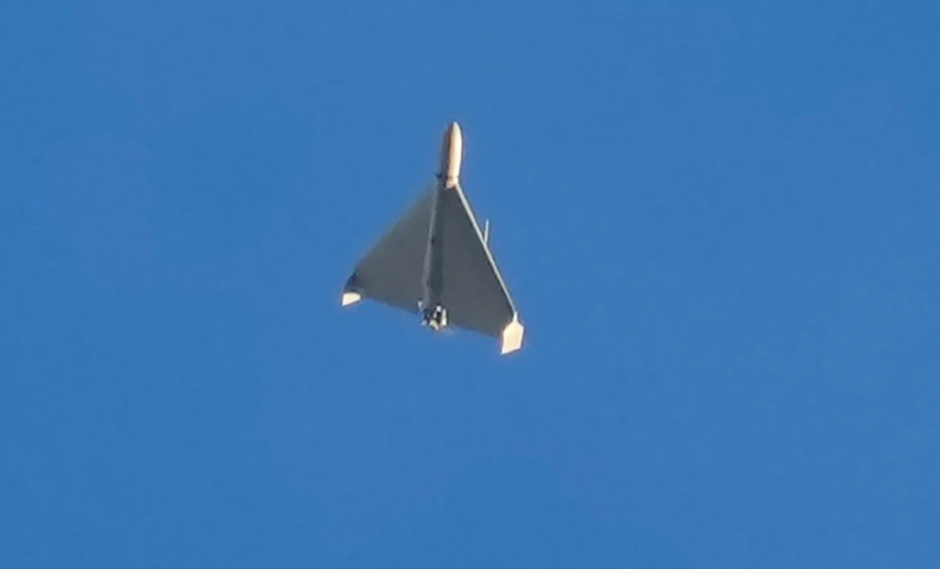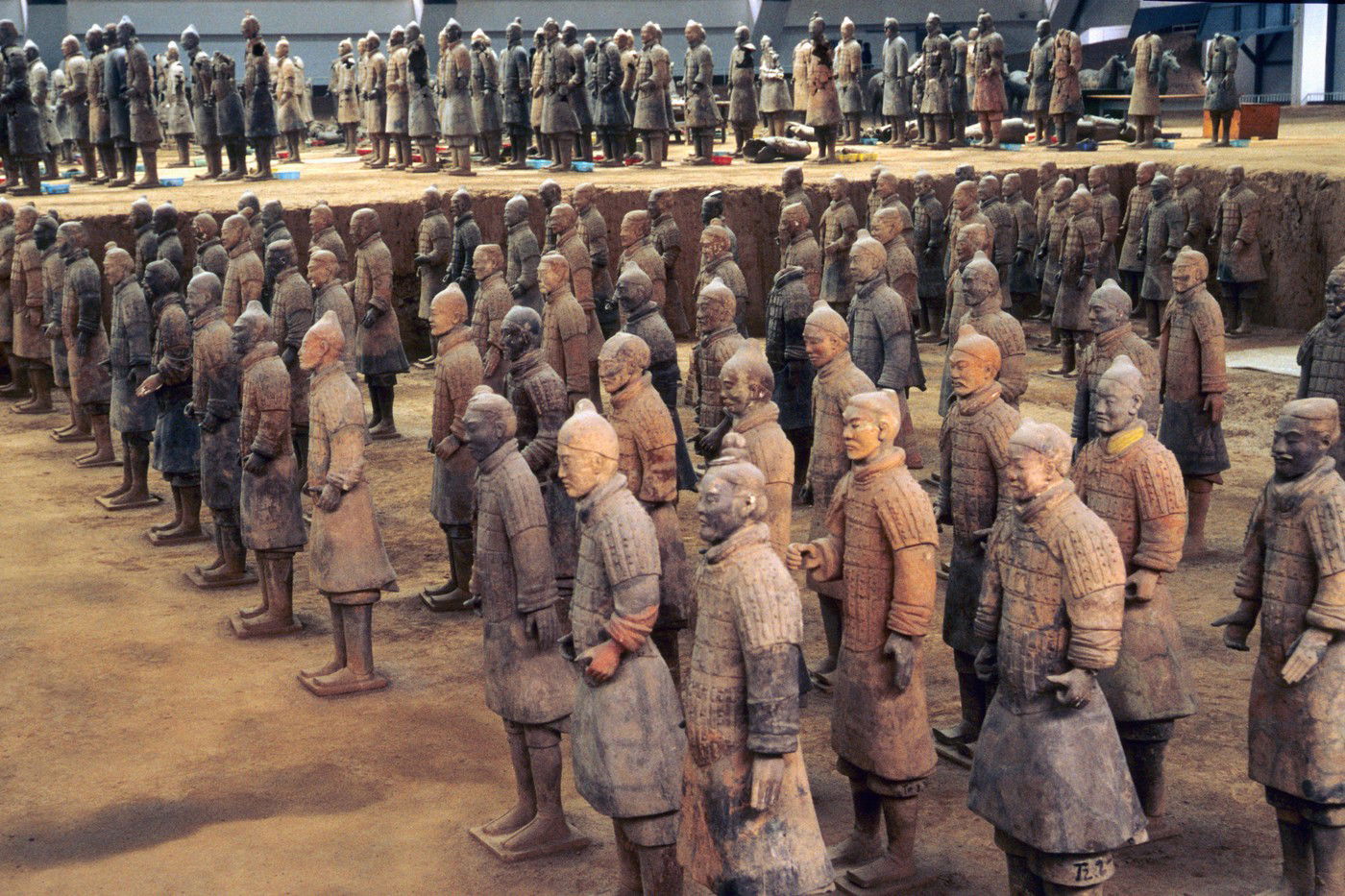China has taken another major step in the field of lunar exploration by launching the Chang'e 6 spacecraft, which aims to collect samples from the far side of the moon and return them to Earth. The spacecraft successfully took off from the Phensang Satellite Launch Center on Haganan Island on Friday. Mission controllers confirmed shortly after launch that Chang'e 6 had entered its predetermined orbit. During the mission, the spacecraft will be on the road for 53 days, targeting the Aitken Basin at the moon's south pole. It is planned to collect 2 kg of soil and rock samples for detailed analysis.
The predecessor of the Chang'e 6 mission was the Chang'e 5 mission, which successfully returned samples from the near side of the Moon in 2020. The spacecraft consists of four parts: an orbiter, a lander, an ascent module, and a return module.
Returning samples collected after landing requires a complex process, during which spacecraft are separated and reunited in several steps.
The scientific community is watching this mission with great interest, as the SPA Basin is an area of great geological value. The site may contain basalt, the analysis of which could provide important information about why the two sides of the Moon are so different. The Chang'e 6 doesn't just carry Chinese devices; It also provides international scientific instruments. Examples are the French DORN equipment for radon detection or the electrostatic testing of NILS equipment supported by ESA.
The CNSA announced that some of the samples collected will be available to international researchers. This provides an opportunity to gain deeper insight into the lunar geology and history on a global scale. In the coming weeks, it will become clear what exactly this ambitious mission will reveal.
Scientists hope that we can gain a new understanding of how this celestial body formed and continues its evolution.
Cover image source: Getty Images












































